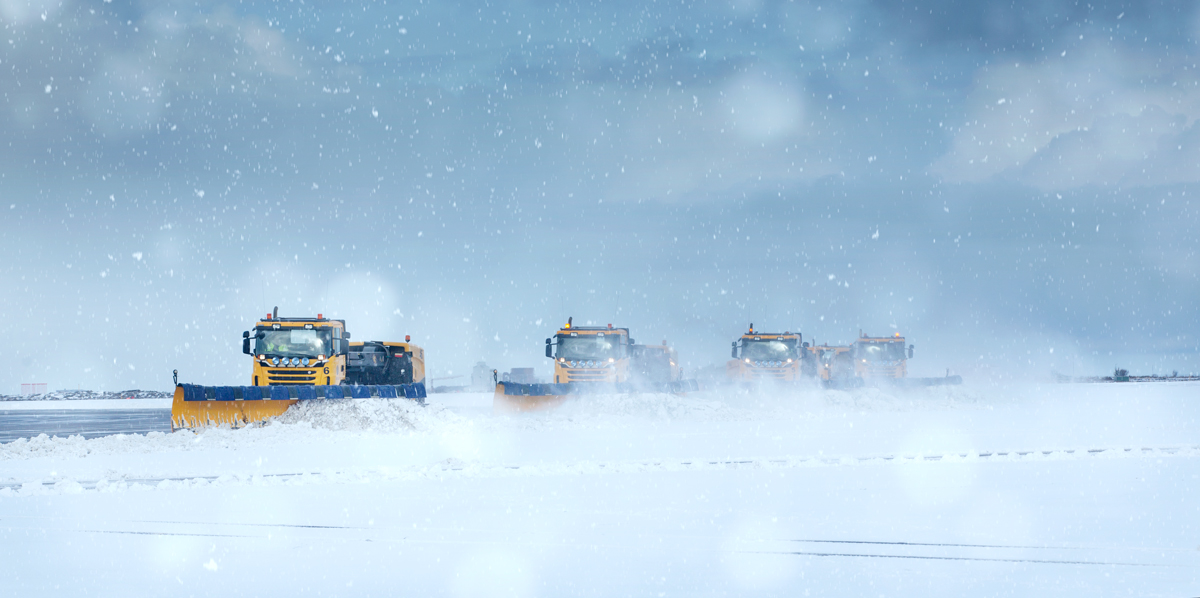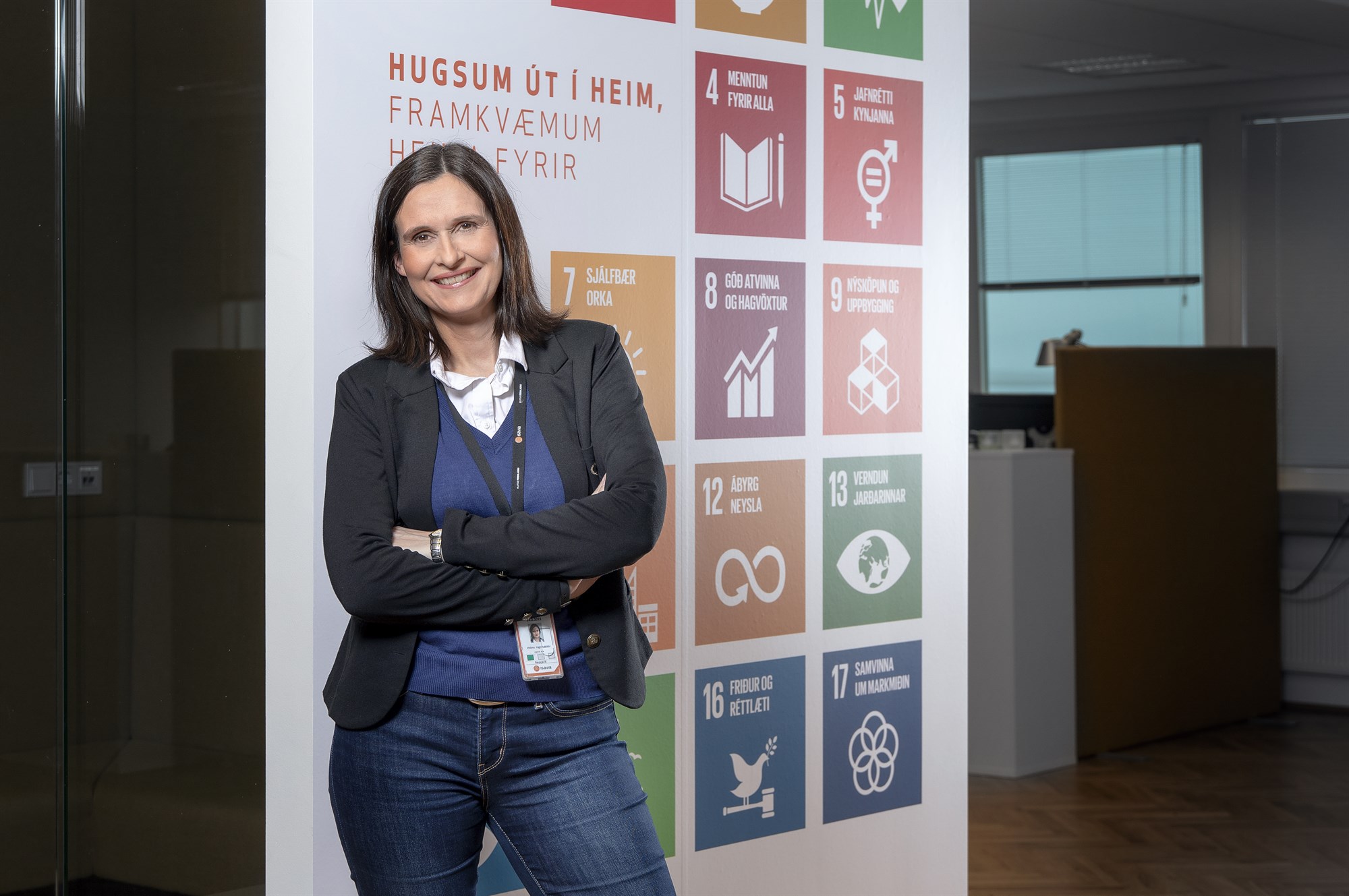
Net-Zero Carbon Emissions at Keflavik International Airport by 2030
Keflavík International Airport will achieve the goal of Net-Zero Carbon Emissions in its operations by 2030. This is two decades sooner than stipulated by ACI Europe’s Net Zero commitment, which was signed by the CEO of Isavia, Sveinbjörn Indriðason, alongside the directors of 194 other European airports in June 2019.
“We have focused a great deal on environmental issues and social responsibility in our operations,” says Indriðason. “Since 2015, we have been working systematically to reduce our carbon emissions and are currently working on the third stage of six to gain ACA (Airport Carbon Accreditation) certification. We have mapped our carbon footprint, taken steps to reduce it and set objectives for further reductions. A thorough review of our emissions now indicates that we can achieve carbon-free operations by 2030 at the latest.”
What has already been done to reduce emissions?
The major environmental factor in Isavia’s operations is fuel consumption. By far the biggest contributor to fuel consumption is the service and maintenance of the airport’s runways. Fuel consumption is closely monitored, and efforts are being made to reduce it as much as possible. Isavia has been testing the use of rapeseed oil in equipment, with good results.
What needs to be done to meet the Net Zero goal by 2030?
“Isavia’s biggest challenge in its efforts to reduce its carbon footprint is finding solutions for reducing greenhouse gas emissions from specialised airport equipment,” explains Isavia’s Director of Corporate Strategy & Sustainability, Hrönn Ingólfsdóttir. “80% of the carbon footprint of Isavia’s operations comes from the use of fossil fuels in vehicles operating at Keflavík International Airport.” Action is chiefly directed at renewing the company’s fleet of vehicles – over 140 at Keflavík International Airport – and at prudent use of resources, with waste kept to a minimum.

For smaller vehicles, solutions are already available, as they can be replaced with electric vehicles as part of natural fleet renewal. It takes longer to replace larger vehicles, but this is expected to be done within the timeframe laid down. As well as replacing vehicles, new infrastructure is needed to service the fleet with new, environmentally friendly energy sources. “We are also looking into the feasibility of using hydrogen in reserve power plants to reduce the use of fossil fuels and ultimately get rid of them completely,” Ingólfsdóttir adds.

Future co-operation with airport operators
“Sustainability is key to everything we do, and we are working on progress and continuous improvement in this regard,” she continues. “We are taking initiatives to increase sustainability in the entire airport community and working systematically with business partners at Keflavík International Airport on solutions and joint results.
There are many changes ahead in how airports operate and a lot to consider. It is important to keep a close eye on innovations and work together on solutions.”
More information on Isavia’s action on the environment and social responsibility can be found in the Annual and Social Responsibility Reports posted on the Isavia website.
